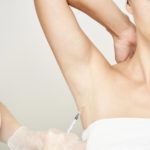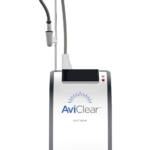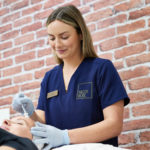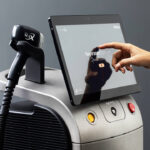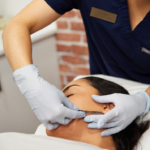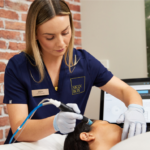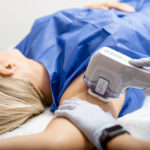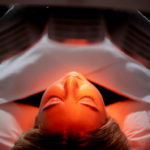PUBERTY
This week (2nd-6th Sept) is all about celebrating and supporting the health of women, girls and gender diverse Australians. I thought it would be timely to do a small blog series on the issues that most affect our female patients through their different life stages. By no means an exhaustive list, and leaving out the anxiety/depression and violence issues that are at the forefront of the disease burden for women in Australia right now, this series touches on the presentations we see in clinic during puberty, the reproductive years and then in mature adults.
PUBERTY – the rollercoaster years
Let’s kick off with the use of skincare in puberty.
There is an alarming trend that has developed over the past few years, fuelled by social media and direct marketing to teenage girls, that has caused an increase in younger patients using “anti-aging” retail skin treatments. Please be aware that there is zero evidence that this is a good idea, and may in fact be harmful in the long run. We just don’t know, because studies on these ingredients are done on ADULT women. Whilst there is certainly a role for certain cosmeceutical and pharmacological ingredients to assist in acne management (more on that later), there is no current scientific evidence to support using highly active anti-aging skincare ingredients in young, healthy skin.
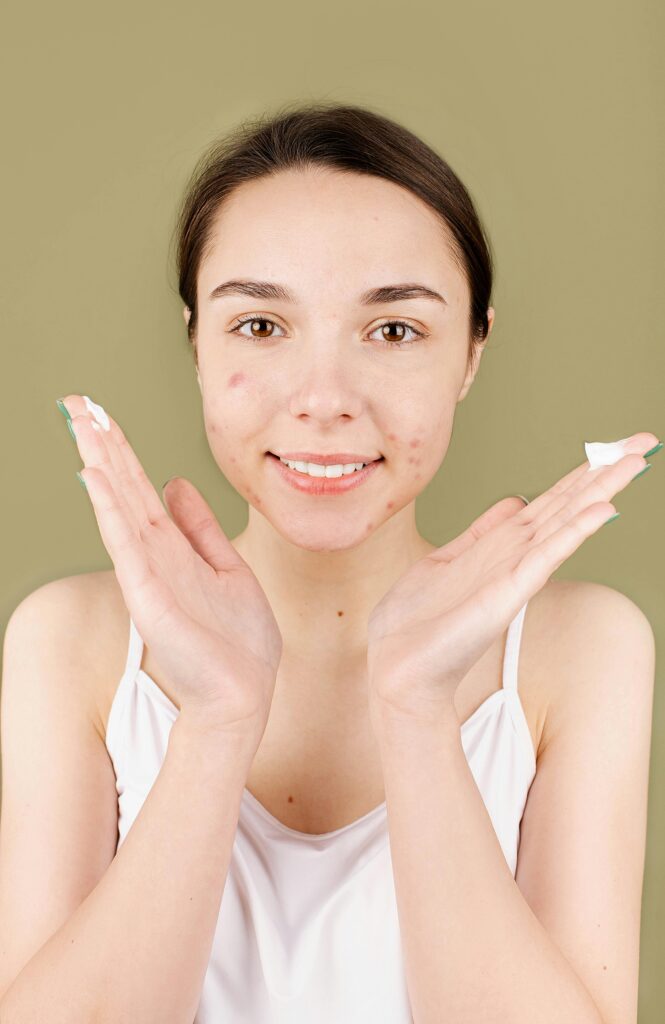
There also isn’t any good evidence that vitamins/supplements marketed as making your skin healthier are actually effective. Eating a balanced diet, getting enough sleep and not smoking is the best way to keep your skin functioning healthily from the inside.
Less is usually more when it comes to skin care in puberty. Using too many different products can irritate your skin, clog up pores, and potentially worsen ezcema or acne. Having a consistent (and simple) routine is key – putting your skincare products next to your toothbrush can be a great way to ensure you don’t forget to use them.
The single biggest favour that a teenage girl can do for the future health of her skin is to protect it from environmental stresses – and in Australian that means sun protection. Getting in the habit of using daily sunscreen in your teens means they can stave off the early signs of photoaging (pigmentation, fine lines, loss of radiance) that we see in our patients in their 20s who haven’t been regularly protecting themselves. And when we say “daily” we mean actually every day. Regardless of what the weather is like or what activities you are doing. Wearing daily sunscreen on your face does not impact vitamin D levels1. A moisturiser with a mineral barrier SPF (ie made with zinc or titanium) will provide protection against UV light, as well as visible light and importantly the blue wavelength of light from a computer or phone screen, which is silently putting your fibroblasts (the cells the make collagen) to sleep. There are many tinted zinc moisturisers now available, that aren’t thick and greasy and won’t clog you up. Most tend to have a light tint so as not to look white after application.
My faves for young skin:
Sunbum Face Lotion SPF30 comes in tinted and also non-tinted versions. It is a water-resistant titanium/zinc mix with a matte finish.
Ultraviolette have 2 mineral sunscreens. Lean Screen is a mattifying zinc SPF50+ that provides excellent moisture, whereas Clean Screen is a hybrid of titanium and some chemical UV filters that has a lighter gel-like feel and offers an SPF30
If you want a bit of shimmer, Cabana Glow SPF50+ Mineral Glow Serum Drops by Naked Sundays comes in a number of different shades (including clear) and provides super-lightweight protection.
The teenage years are the time that many women first experience pimples and breakouts. Acne affects 85% of people aged 12-24 at some point. The hair follicles get clogged with oil, skin cells, and bacteria, leading to blackheads, whiteheads, pimples, and painful nodules under the skin. The psychological impact of acne can be huge and can persist throughout like. The sooner treatment is initiated the better the long term outcome, both on mental health and for the physical scarring that can be a result of the inflammatory types of acne.
Cosmeceutical skin care (namely niacinamide, retinol and the AHA/BHA exfoliants) can be very helpful in mild cases2, but please seek the advice of a qualified Dermal Clinician or Dermal Therapist when trying to choose appropriate products for your skin. The person with a Saturday job providing advice in a large skincare retail store may not necessarily be qualified to degree level on all things skin-related.
When the right skincare is not enough, there are a number of other avenues for acne management, which can be used in a mix’n’match approach to suit your lifestyle, budget and type of acne. A personalised approach may include topical or oral prescription medications, including hormonal contraception options; LED light therapy (including at-home devices); and in-clinic medical-grade facials & chemical peels. There is now also a laser treatment available in Australia that specifically targets the oil glands in the skin to provide a long-lasting improvement rather than a quick-fix. \
Another condition that raises its head in puberty is excessive sweating. Yes, of course everyone sweats, however 5-8% of the global population experience a genetic condition known as Primary Hyperhidrosis, whereby certain body parts (usually armpits, +/- hands & feet) go into overdrive, and it tends to start in puberty. Whilst this can be a major psychosocial issue at a time of life when our brains are laying down a life-long pattern for forming social connections, it can also have physical consequences on the ability to throw/catch a ball, play a musical instrument or perform fine motor tasks with a pencil. There are strategies available to both manage and treat this condition:
- iontophoresis (which sounds like total hocus-pocus but does actually work) where you sit with your hands/feet in trays of tap water with an electrical current running through it
- topical medication to temporarily reduce the amount of sweat produced
- medication that temporarily reduces the signal to the sweat glands to prevent them over-working
- more permanent solutions using energy wavelengths such as microwave or radiofrequency to wipe out some of the overactive sweat glands and reduce sweating to a tolerable level, are useful for certain body parts only.
Humans have 2 different pathways & types of sweat glands for making different sorts of sweat, depending on whether we are trying to cool down or activate our “fight or flight” response, and it is the second of these pathways that is involved in Hyperhidrosis. So yes, whilst it is normal to sweat and we need to do this to regulate our body temperature, appropriate management strategies for hyperhidrosis don’t affect your ability to sweat to cool down (and it is an urban myth that we need to sweat to “eliminate toxins” from our bodies – that is the job of your liver and kidneys). Further resources on hyperhidrosis can be found via the International Hyperhidrosis Society.
With surging hormones also comes the growth of body hair, sometimes not in places that the wearer is happy with. Fashions come and go in respect to body hair and often teenagers and young adults will seek to reduce or remove body hair. Laser hair removal and IPL offer long-lasting reduction strategies for most patients, with care needing to be taken with darker skin types or those with a hormonal imbalance driving the hair growth. A series of treatments are needed for maximum effectiveness, and these should be spaced at appropriate time-intervals to correspond with the life cycle of the hair on the body part being treated. For instance, this is usually 8-10 weeks for legs and so treating more frequently than this does not gain a better result.
Puberty transitions into the reproductive years of our 20s-40s, which bring with them a whole new set of issues, as well as some lingering ones. The next segment of this blog series will look at the most common requests we get in clinic for women during and after pregnancy, as well as those seeing the first signs of ageing of their skin and facial structure.
Dr. Sarah Boxley – MBBS BSc(Hons) MSc FRACGP FSCCA FACAM FCPCA

